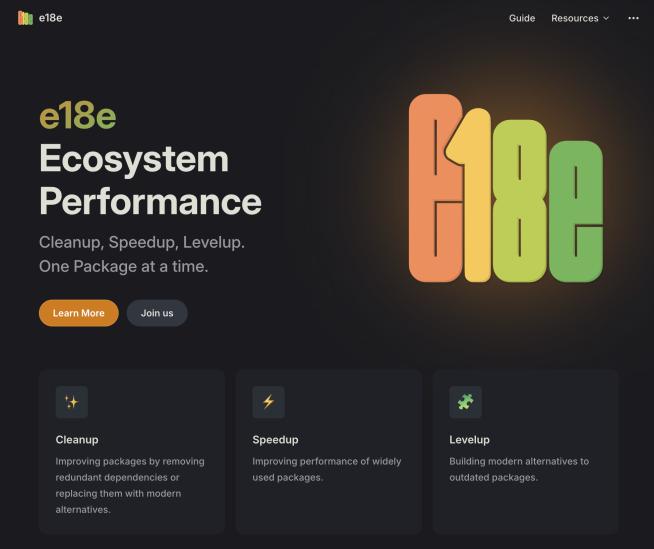socialgouv/kube-workflow 🚀
Deploy application over kubernetes
Call it in review, preprod, and prod github workflows
- uses: SocialGouv/kube-workflow@master
with:
environment: "dev"
token: ${{ secrets.GITHUB_TOKEN }}
kubeconfig: ${{ secrets.KUBECONFIG }}
rancherProjectId: ${{ secrets.RANCHER_PROJECT_ID }}
rancherProjectName: ${{ secrets.RANCHER_PROJECT_NAME }}
imagePackage: app
Configure your project's Helm Charts values
You can configure your project by adding .kube-workflow/common/values.yaml and .kube-workflow/$ENVIRONMENT/values.yaml.
global: {}
app:
enabled: true
containerPort: 80
Here is the order, the last in the list is the last applied:
$KUBEWORKFLOW_ACTION/chart/values.yaml (the defaults)- default values generated by the pipeline $KUBEWORKFLOW_ACTION/action/values.js
.kube-workflow/common/values.yaml (the common project's config).kube-workflow/$ENVIRONMENT/values.yaml
Merge commons manifests as helm templates
Every yaml file in .kube-workflow/templates will be merged with the helm Chart templates folder before the build.
All theses files can use the Helm templating syntax (or not if you don't need it, helm template is a superset of yaml).
Both extensions yaml and yml are accepted.
Merge manifests per environment as helm templates
Every yaml files in .kube-workflow/env/$ENVIRONMENT/templates will be merged with the helm Chart templates folder before the build, according to the environment input (dev | preprod | prod).
All theses files can use the Helm templating syntax.
Usually, that's where you put your ConfigMap and SealedSecrets ressources.
Override and extends everything from your project
Everything is overridable using filesystem merging.
The .kube-workflow directoty of your project will be merged and eventually overwrite content of this repository chart directory.
Override the full Chart
- You can optout from the generic Chart and define a new one by creating your own
Chart.yaml in the directory .kube-workflow. More often, you can use kustomize to adjust the manifests.
Override and extends kustomizations
The kustomization patches are applied after Helm template rendering.
The kustomization entrypoint is $KUBEWORKFLOW_ACTION/env/$ENVIRONMENT/kustomization.yaml.
To override it, create a file called .kube-workflow/env/$ENVIRONMENT/kustomization.yaml in your project and containing:
resources:
- ../../common
patches:
By doing this way you just optouted from generic kustomization for the selected environment.
If you want (and more often you want) to keep the generic kustomization, containing some infra logic defined by the advised SRE team, you can extends it like this.
resources:
- ../../common.autodevops
patches:
You can do it as well for the common base file called by environment kustomizations, just add a file called .kube-workflow/common/kustomization.yaml in your project and containing:
resources:
- ../common.autodevops
patches:
- target:
kind: Ingress
patch: |
- op: add
path: "/metadata/annotations~1nginx.ingress.kubernetes.io~1configuration-snippet"
value: |
more_set_headers "Content-Security-Policy: default-src 'none'; connect-src 'self' https://*.gouv.fr; font-src 'self'; img-src 'self'; prefetch-src 'self' https://*.gouv.fr; script-src 'self' https://*.gouv.fr; frame-src 'self' https://*.gouv.fr; style-src 'self' 'unsafe-inline'";
more_set_headers "X-Frame-Options: deny";
more_set_headers "X-XSS-Protection: 1; mode=block";
more_set_headers "X-Content-Type-Options: nosniff";
- target:
kind: Deployment
path: patches/kapp-delete-orphan.yaml
- target:
kind: Service
path: patches/kapp-delete-orphan.yaml
- target:
kind: Ingress
path: patches/kapp-delete-orphan.yaml
If you think you patches can be reused by other project, contribute to chart/patches folder of the action by sharing them.
Test Helm chart generation
required:
developments on your project, easy test, got to your project directory
npx kube-workflow b
developments on kubeworkflow, test with local kube-workflow repository and local project
export KUBEWORKFLOW_PATH=$PWD/kube-workflow
git clone https://github.com/SocialGouv/kube-workflow $KUBEWORKFLOW_PATH
yarn --cwd $KUBEWORKFLOW_PATH
export WORKSPACE_PATH=$PWD/template
git clone https://github.com/SocialGouv/template $WORKSPACE_PATH
REPOSITORY_NAME=$(basename $WORKSPACE_PATH)
ln -s $WORKSPACE_PATH/.kube-workflow $KUBEWORKFLOW_PATH/tests/samples/$REPOSITORY_NAME
cd $KUBEWORKFLOW_PATH
yarn test -t $REPOSITORY_NAME
then check content of
- `$KUBEWORKFLOW_PATH/tests/snapshots/
- $REPOSITORY_NAME.dev.yaml
- $REPOSITORY_NAME.preprod.yaml
- $REPOSITORY_NAME.prod.yaml
Development resources
helm templates
to enable correct syntax recognition and coloration of yaml helm templates in vscode, enable Kubenernetes extension
Resources:
TODO
documentation:
- jobs workflow (needs, shared-storage, action, image, run, shell, uses)
- tests
- best-practices and contributing how-to add
- charts
- jobs
- patches
- options
- tests
features
- add default runner image with all base tooling for actions
repo cycle automation
- build docker image for default runner image
via itself with jobs/docker-build, et la boucle est bouclée
more jobs
- add jobs:
- docker-build
- run-workflow (to replace github action)
triggerable by webhook (need to add webhook as app on argoCD before)
more charts
- add charts:
- an oauth2 proxy service (?)



